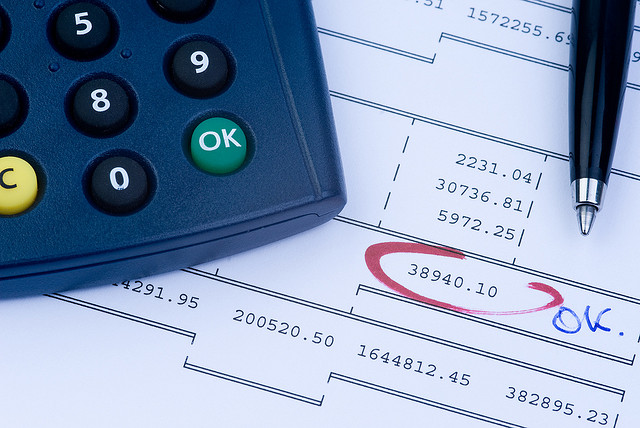For those with little business experience, understanding business jargon can get a little confusing. Picture the scene, you are going in to the bank to ask for a loan for your newly formed business. They start firing questions at you, and, as if you’re not nervous enough already they start to use words which you are not 100% certain of. This can be a nightmare scenario for many new business owners or entrepreneurs.

Two of the things that you will always be asked about are your revenues and expenses.
Revenues
This is the total amount of money that you have received for goods or services within a given time period. This can also include assets, interest and increases in the owner’s equity and is also known as ‘turnover’. Some people also call it the ‘top line’ due to its position on an accounting page, meaning the total amount of money which has come in before any deductions.
The tricky part comes in the reporting of revenues. Do you add in the money at the point of having a contract signed, the money in your bank account, or when the service has been provided, for example? There are different rules for different purposes and different accounting methods.
Expenses
An expense or expenditure is the outflow of money from a business to another party, which is used to pay for a service or product. The technical definition explains that an expense is when an asset is used or a liability incurred, and a part of the owner’s equity is reduced. Expenses can cover a whole range of aspects of a business, from stock, to labour to insurance to rent and these difference sections are usually broken down onto different lines on a financial statement.
Profit or Net Income
This is the difference between your revenues and expenses. It is also referred to as ‘the bottom line’ as it is what running a business really boils down to. Whether you are actually making money or not.
To calculate the profit or net income for your business, you simply take the expense amount away from the revenues amount. If the final figure is a positive number, you are in profit, and if it is negative, you are in loss.
As example could be as follows for a florist business:
Revenues – £5687.63
Expenses –
Rent £500.00
Labour £100.00
Stock £3789.63
Advertising £50.00
Transport £108.00
Total Expenses £4547.63
Net Income £1140.00
It is important for any business to know whether they are operating at a profit or a loss. Without this information, it is impossible to know whether your business is being successful or not. Sometimes there may be extra expenses that mean that you won’t always be operating profit, but the trend should be in reducing loss and increasing profit. This is typical especially for new companies who will almost inevitably have start-up costs.
By continually being up to date on the figures of your business, you have much better control over it. You can see where you are spending your money, where most of your income is coming from, and then you can start to make steps to the real success of your business.

